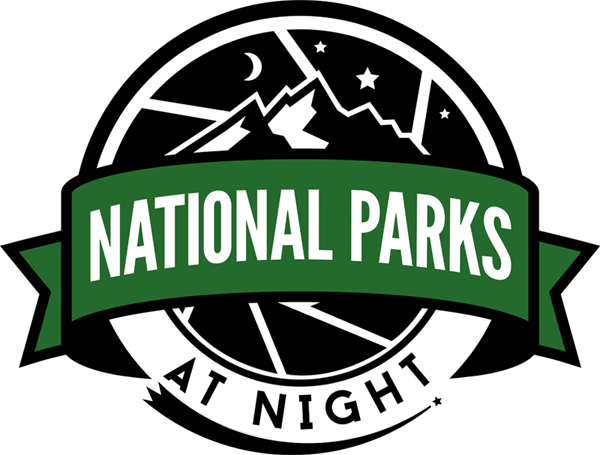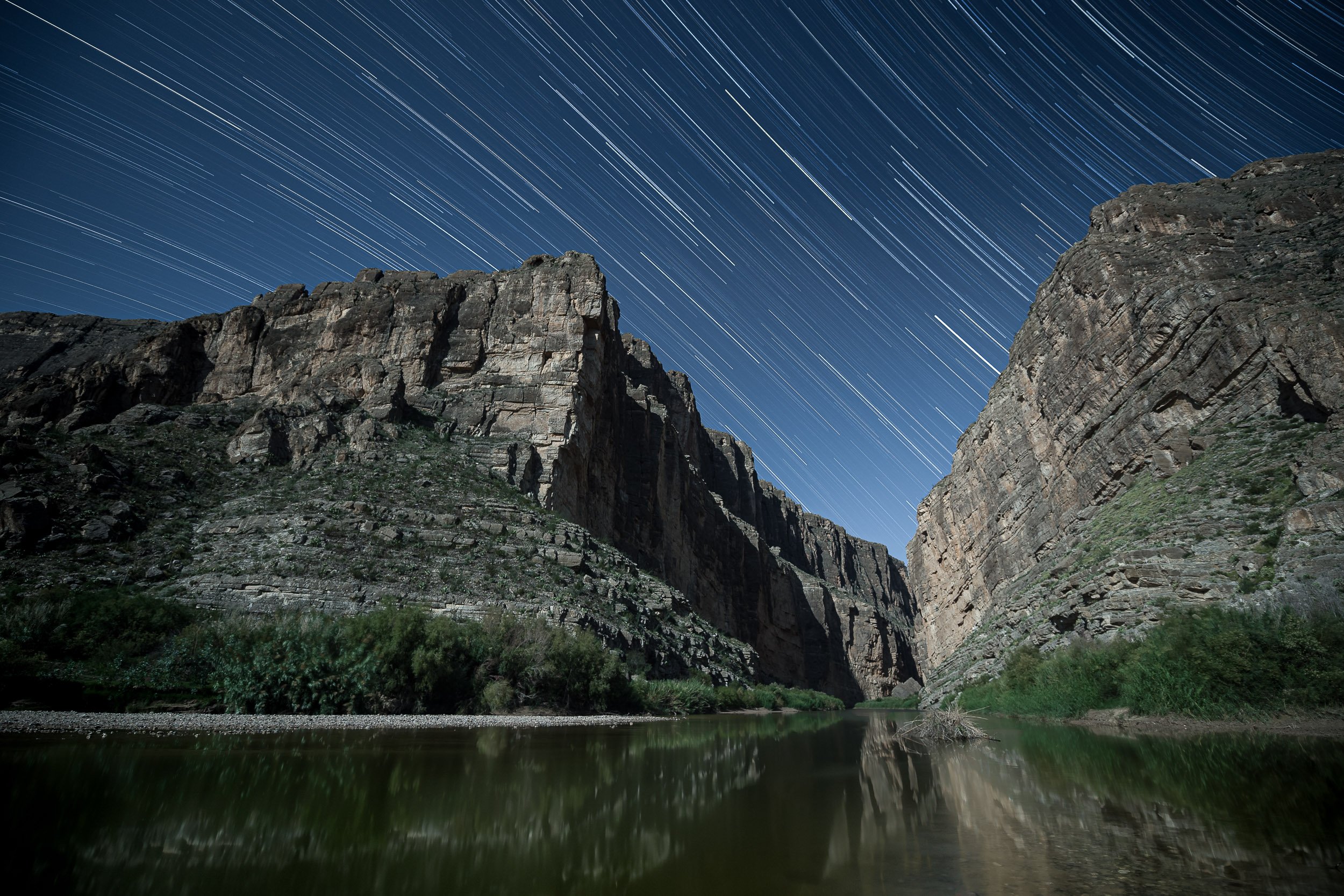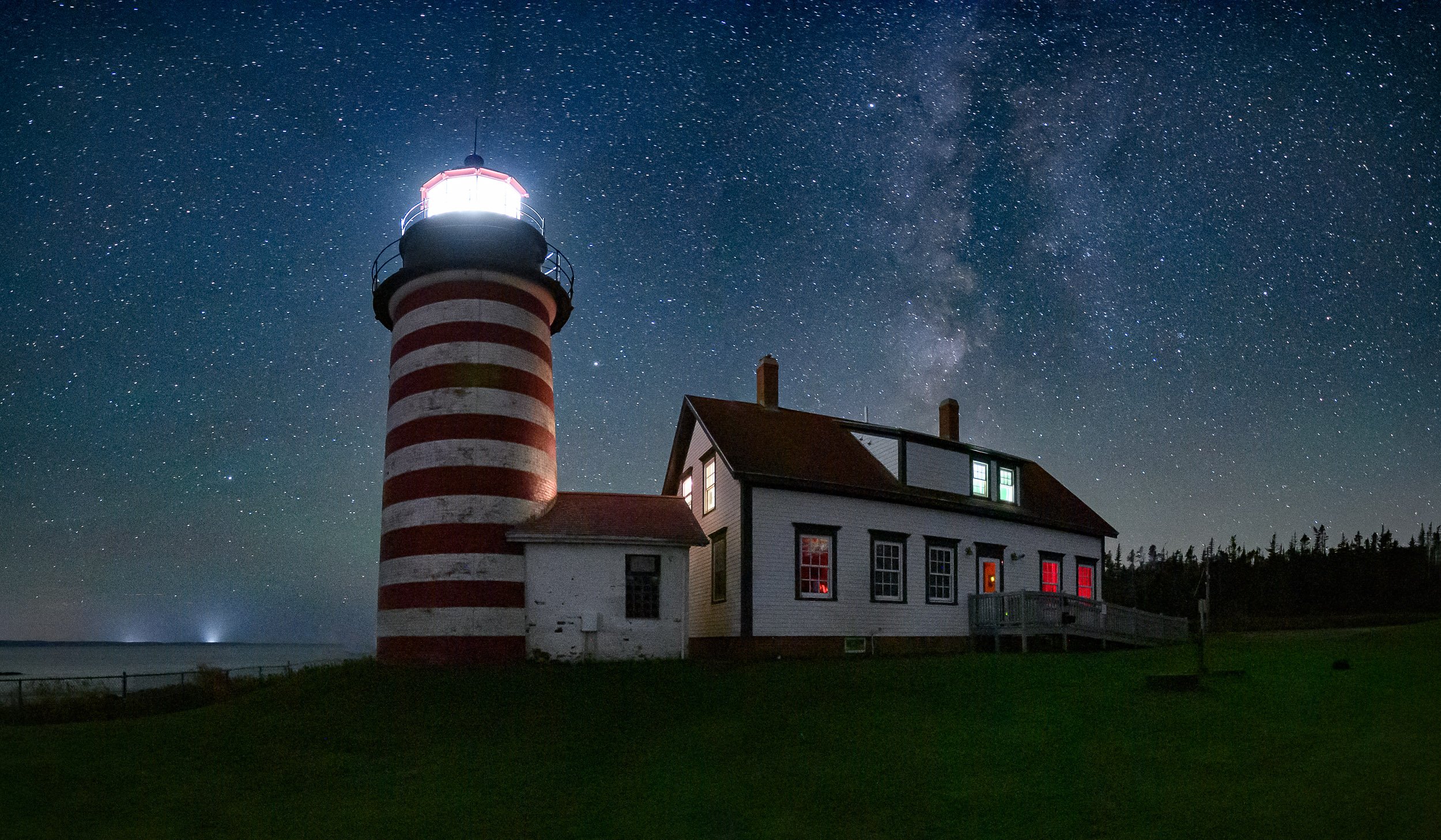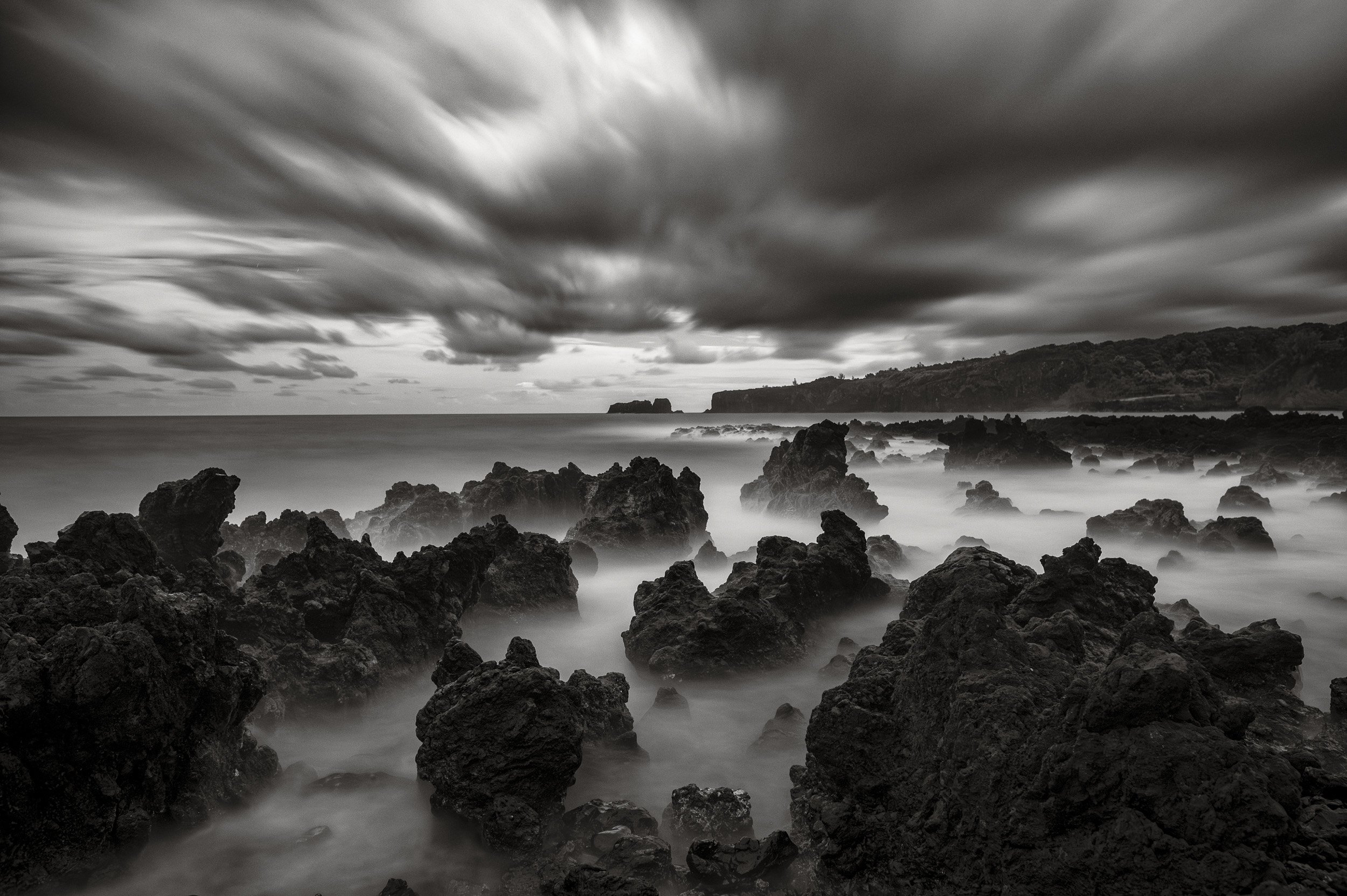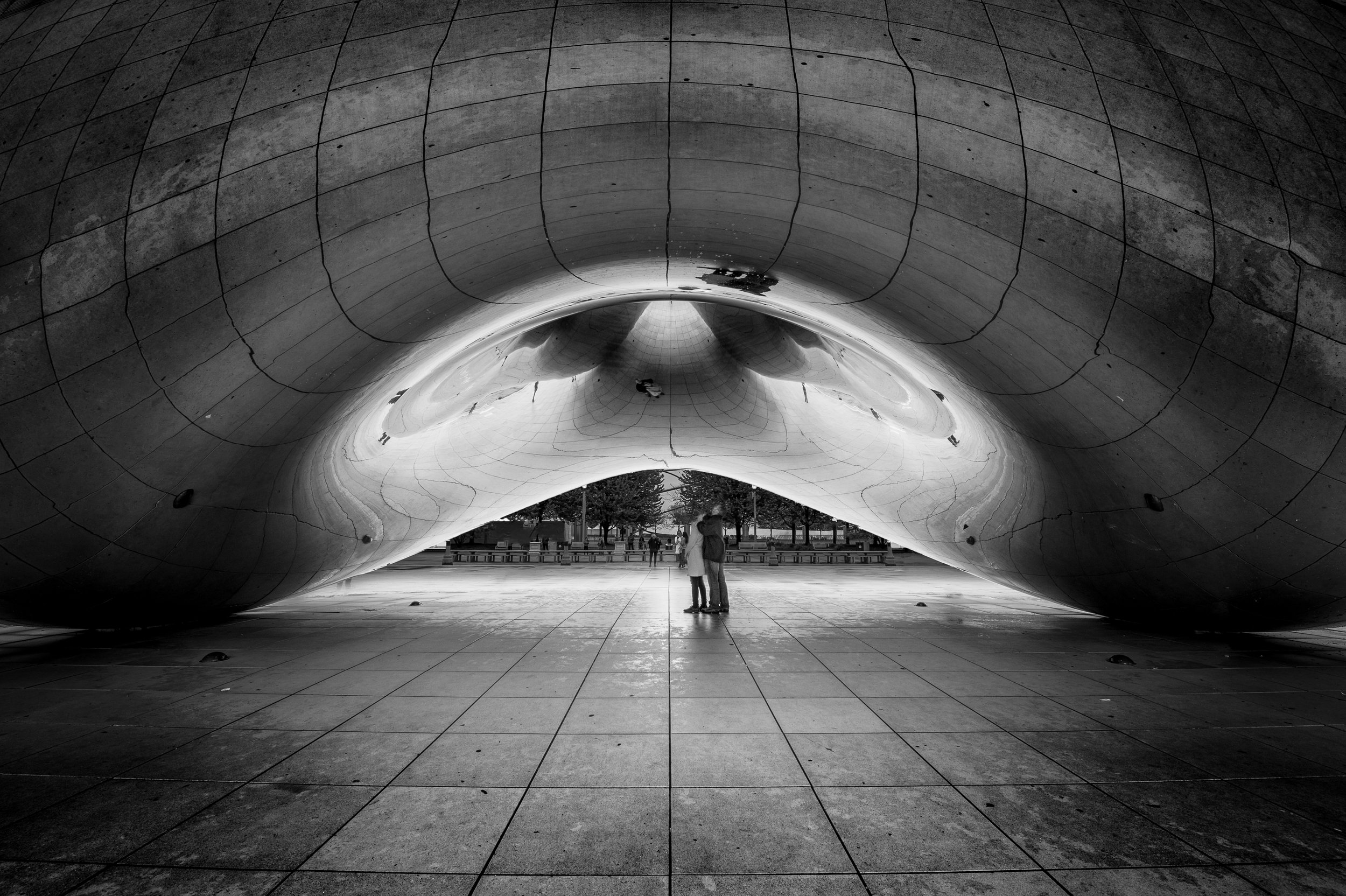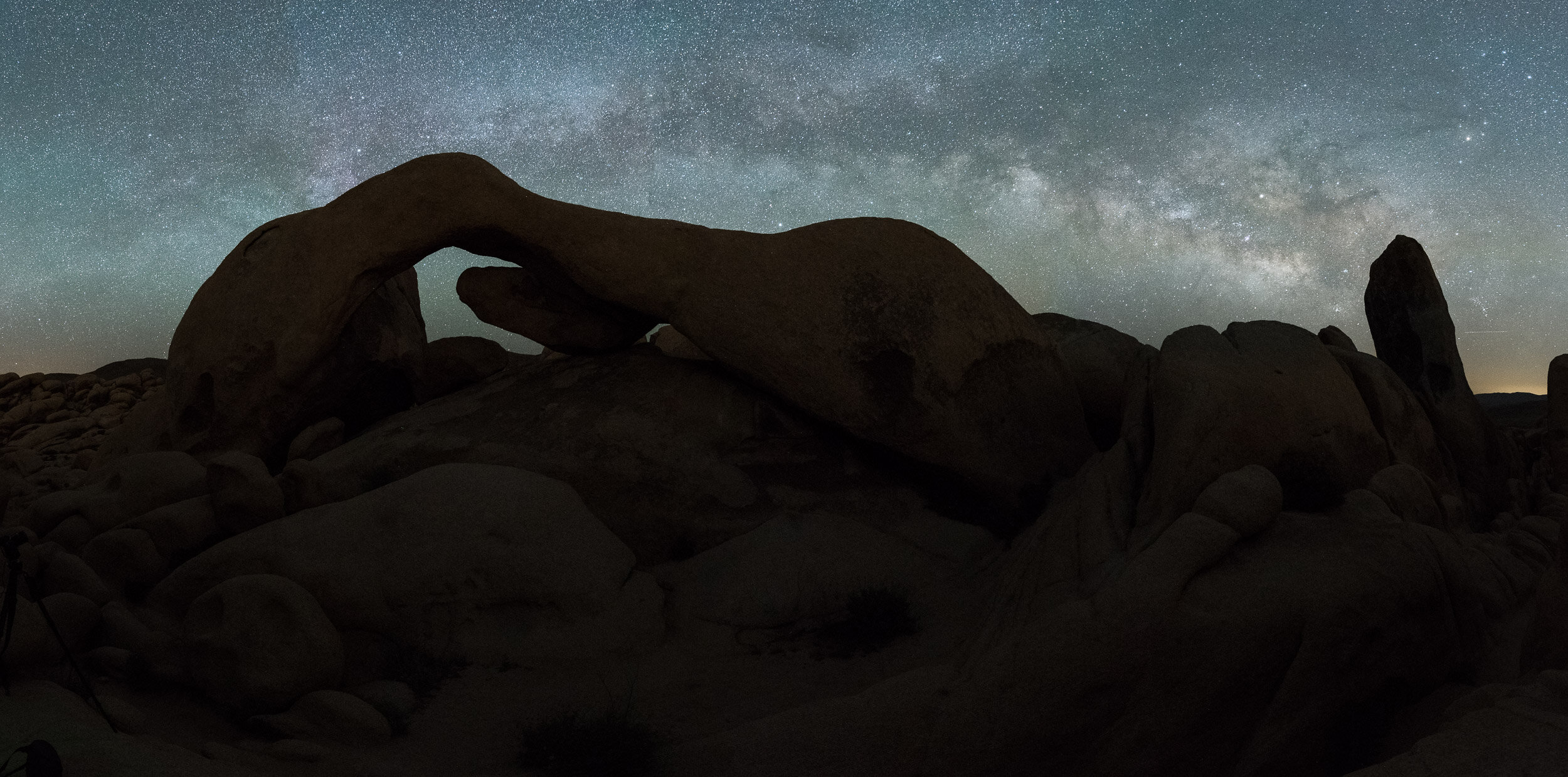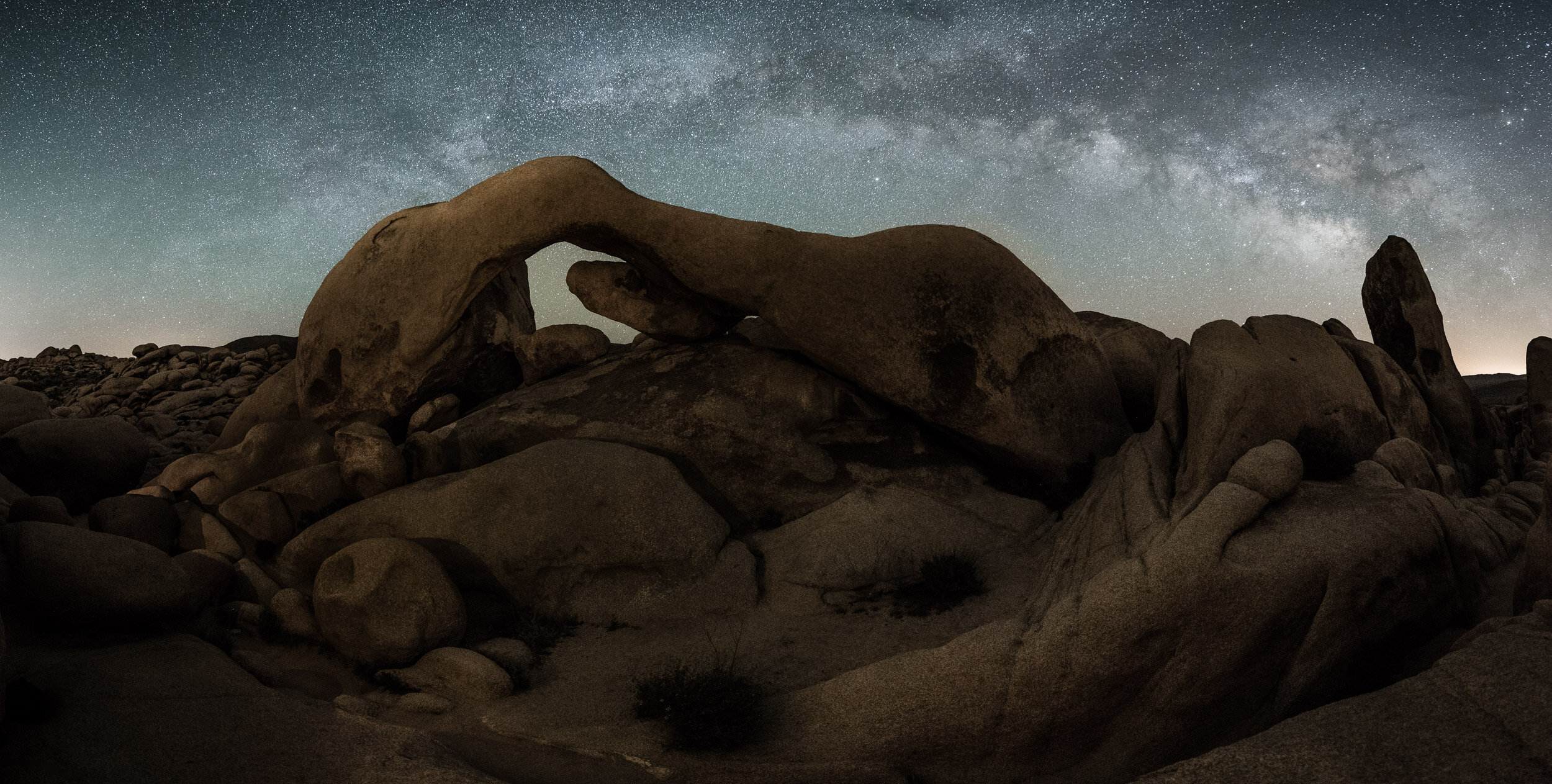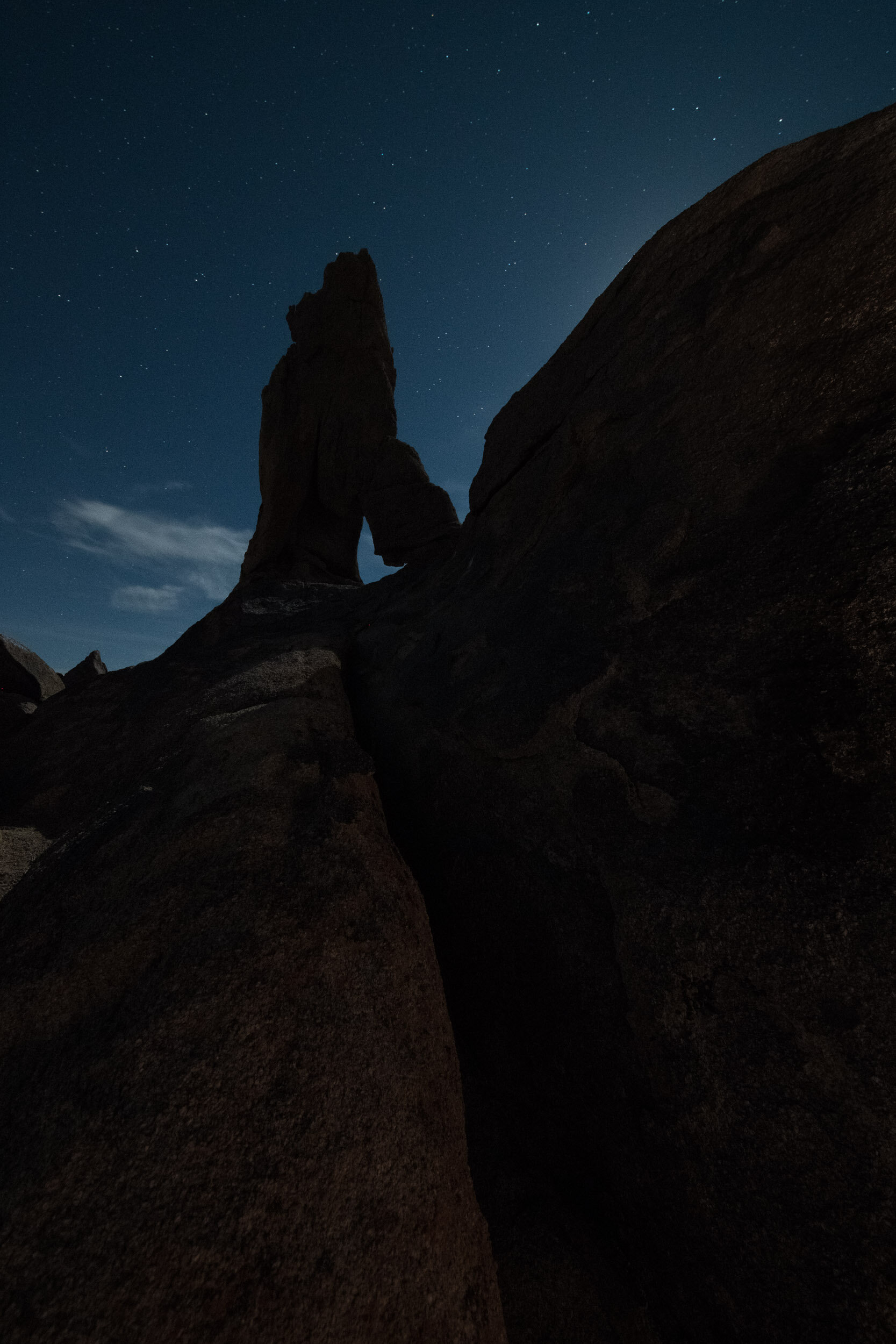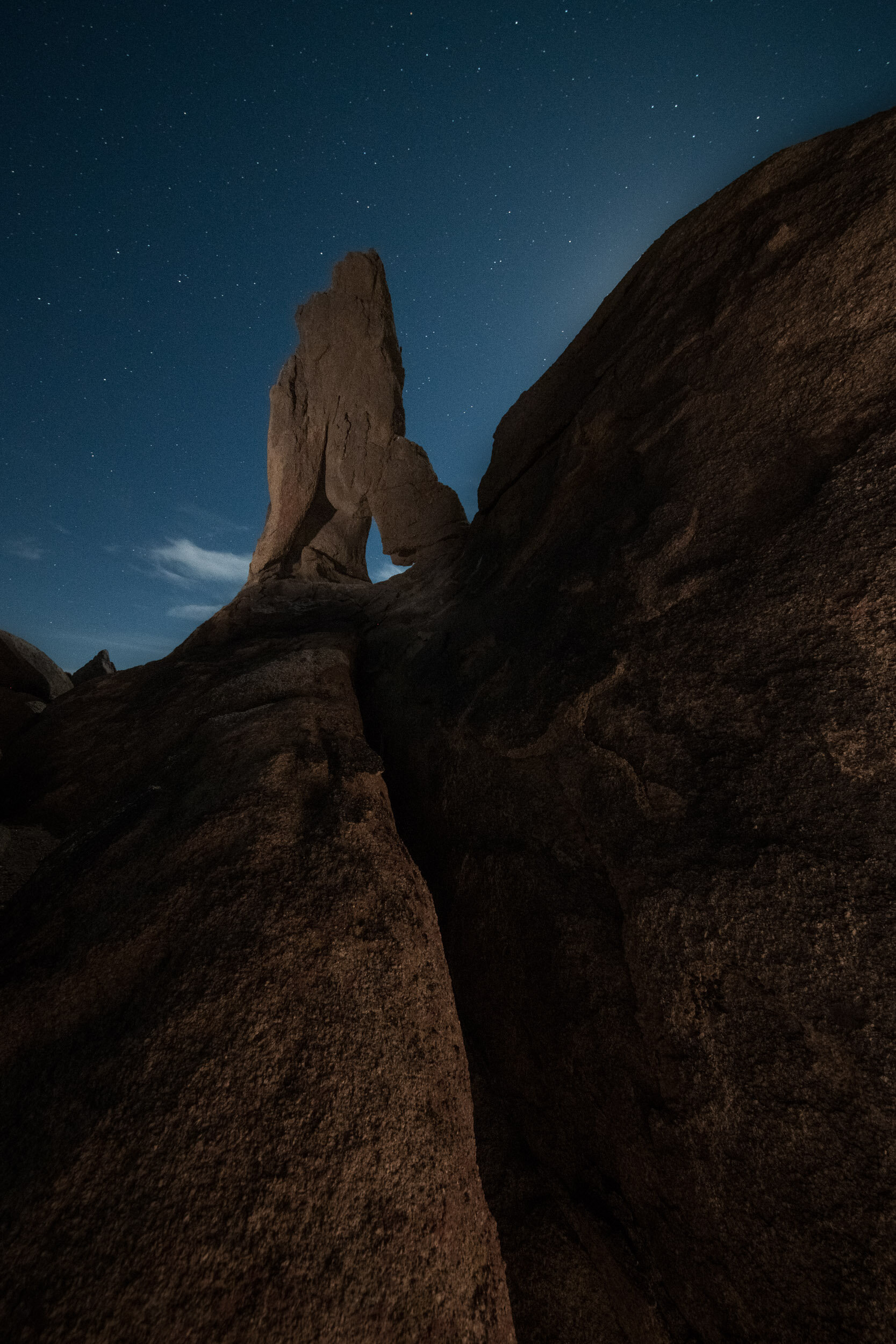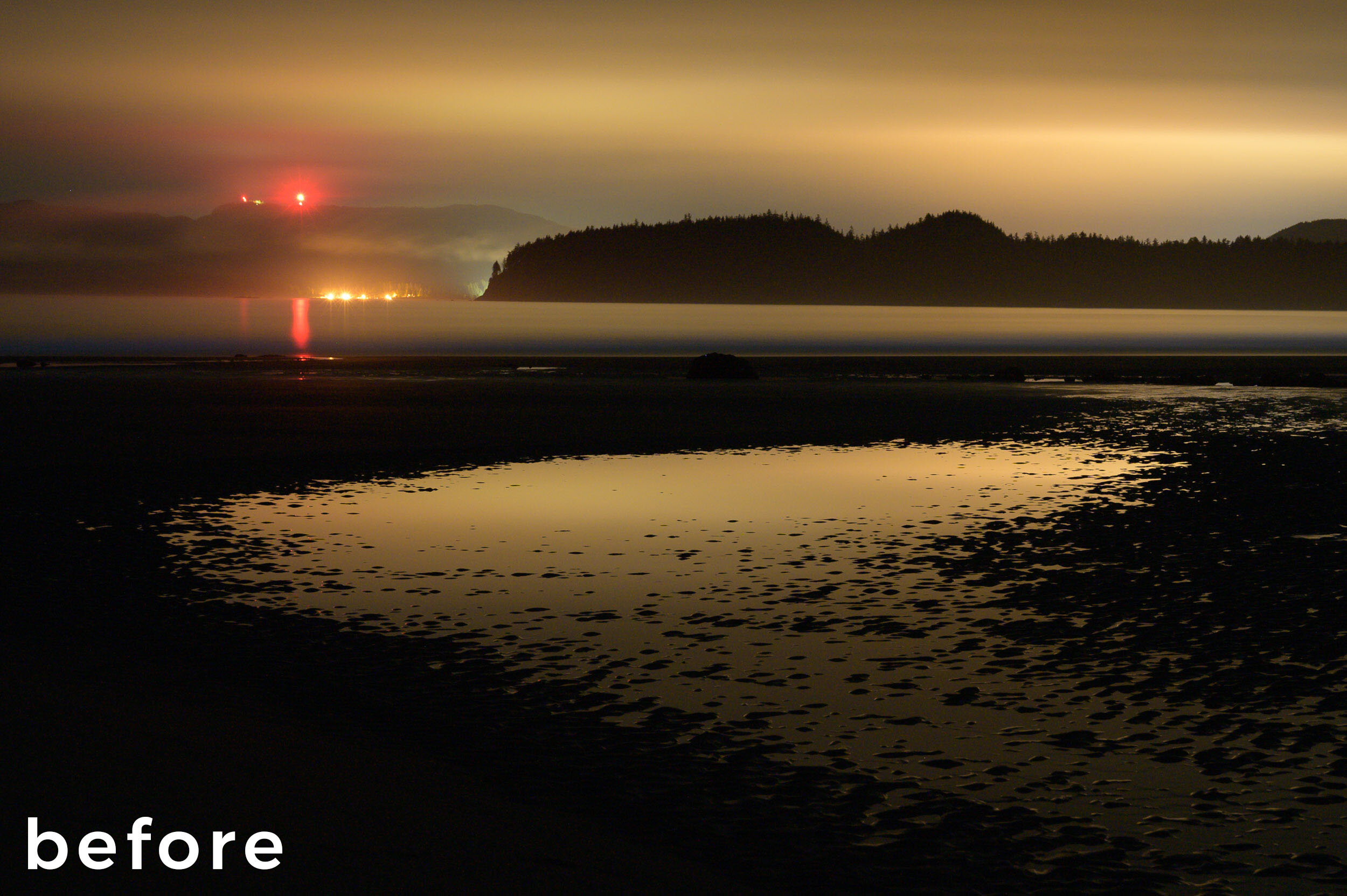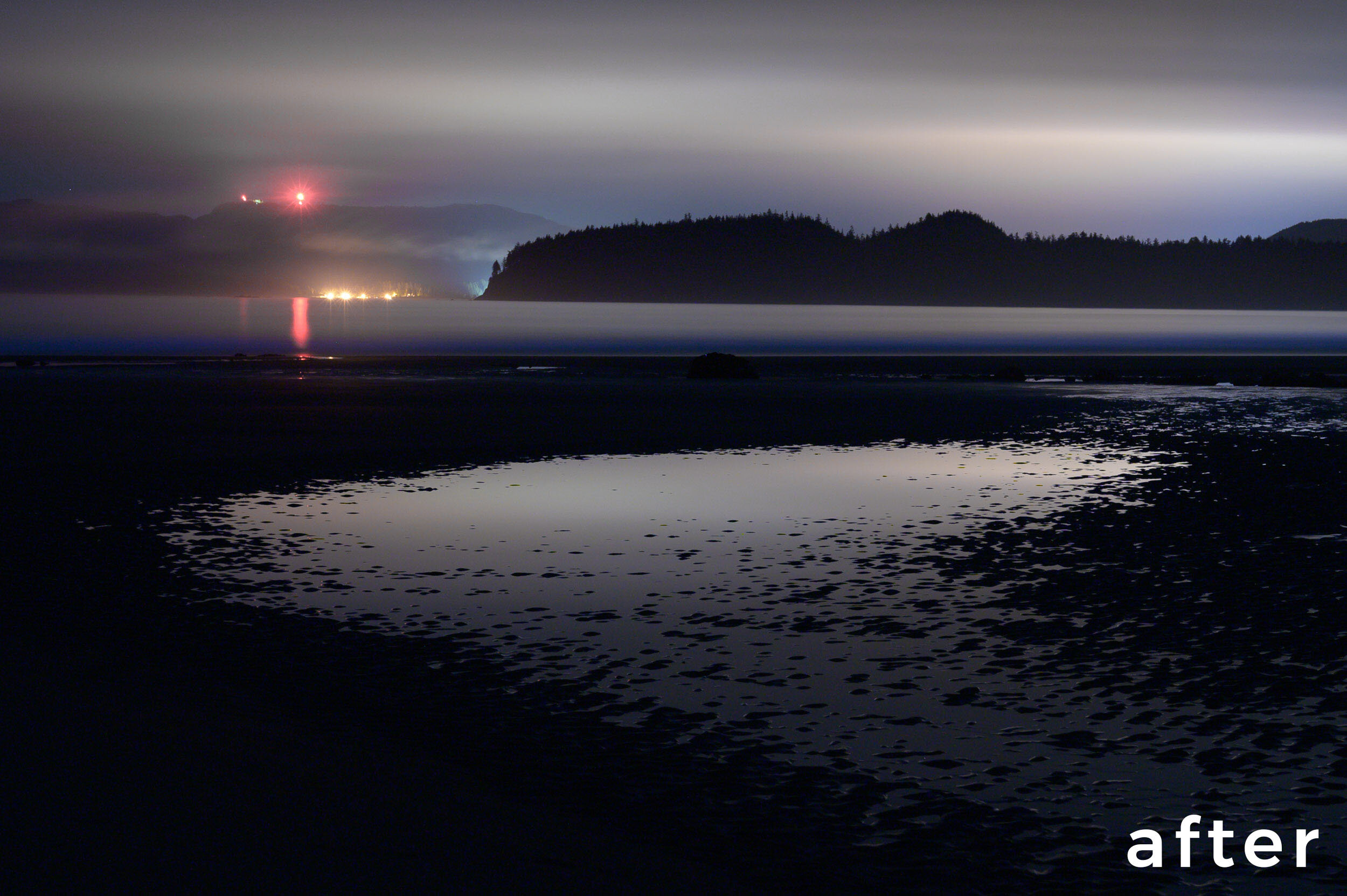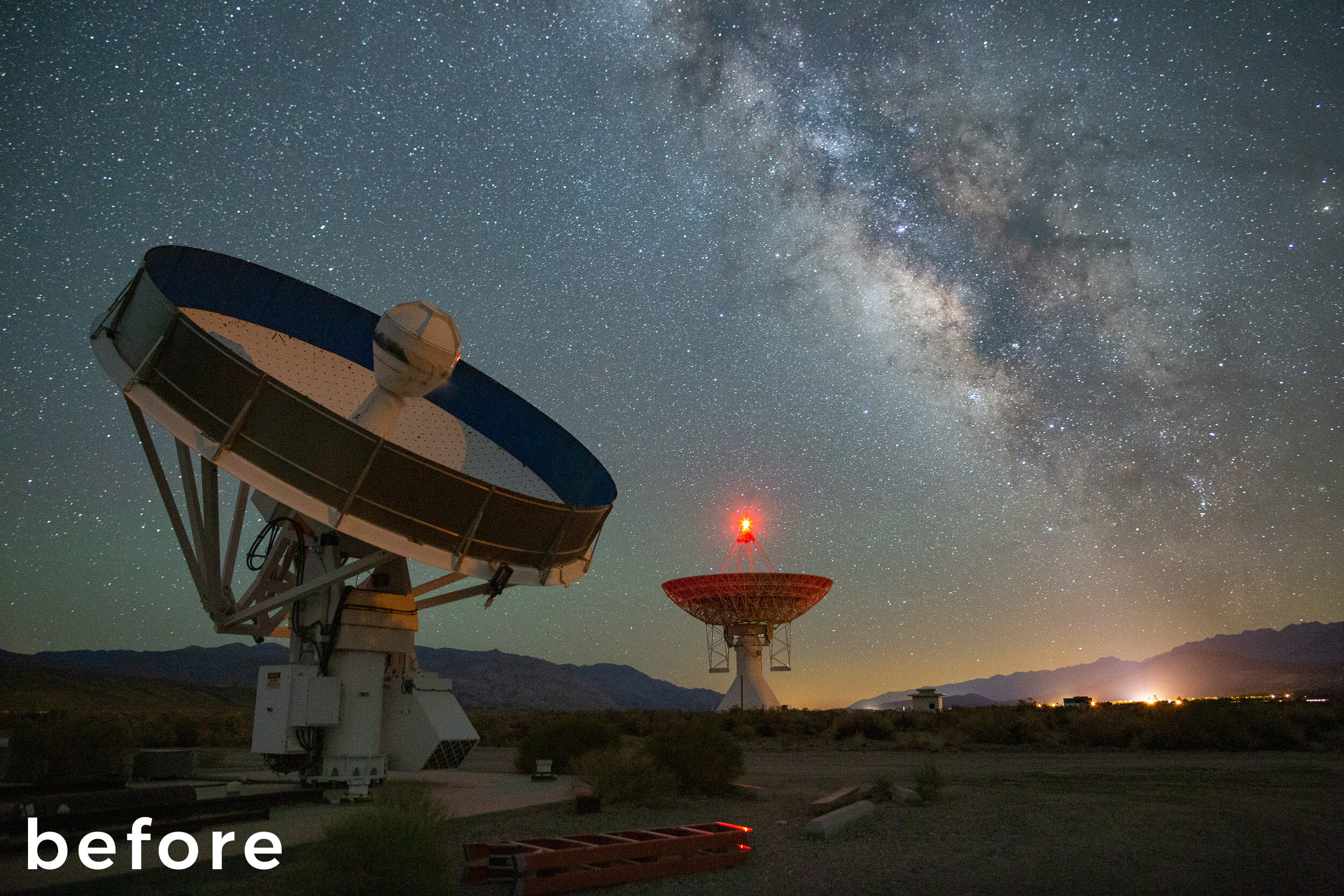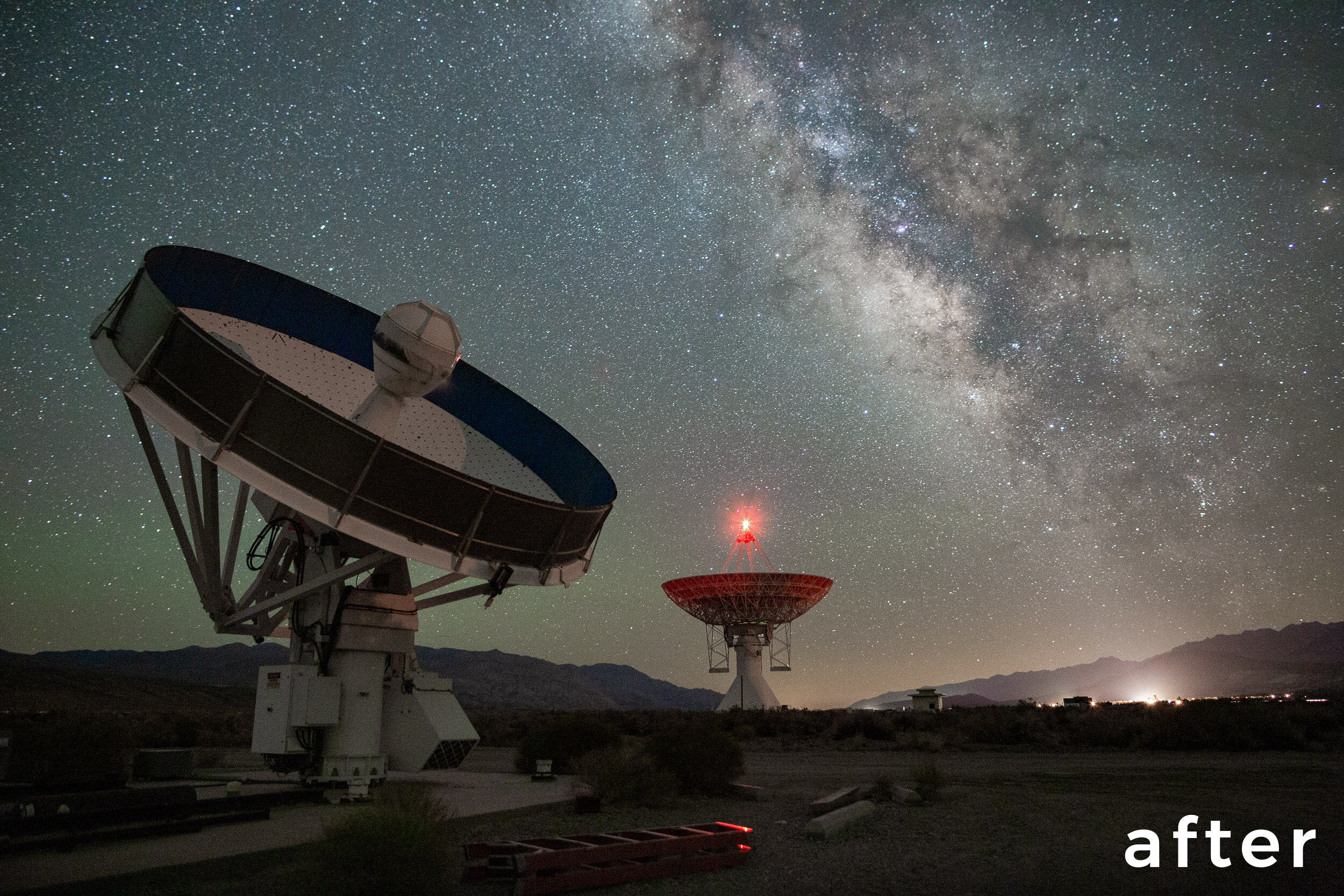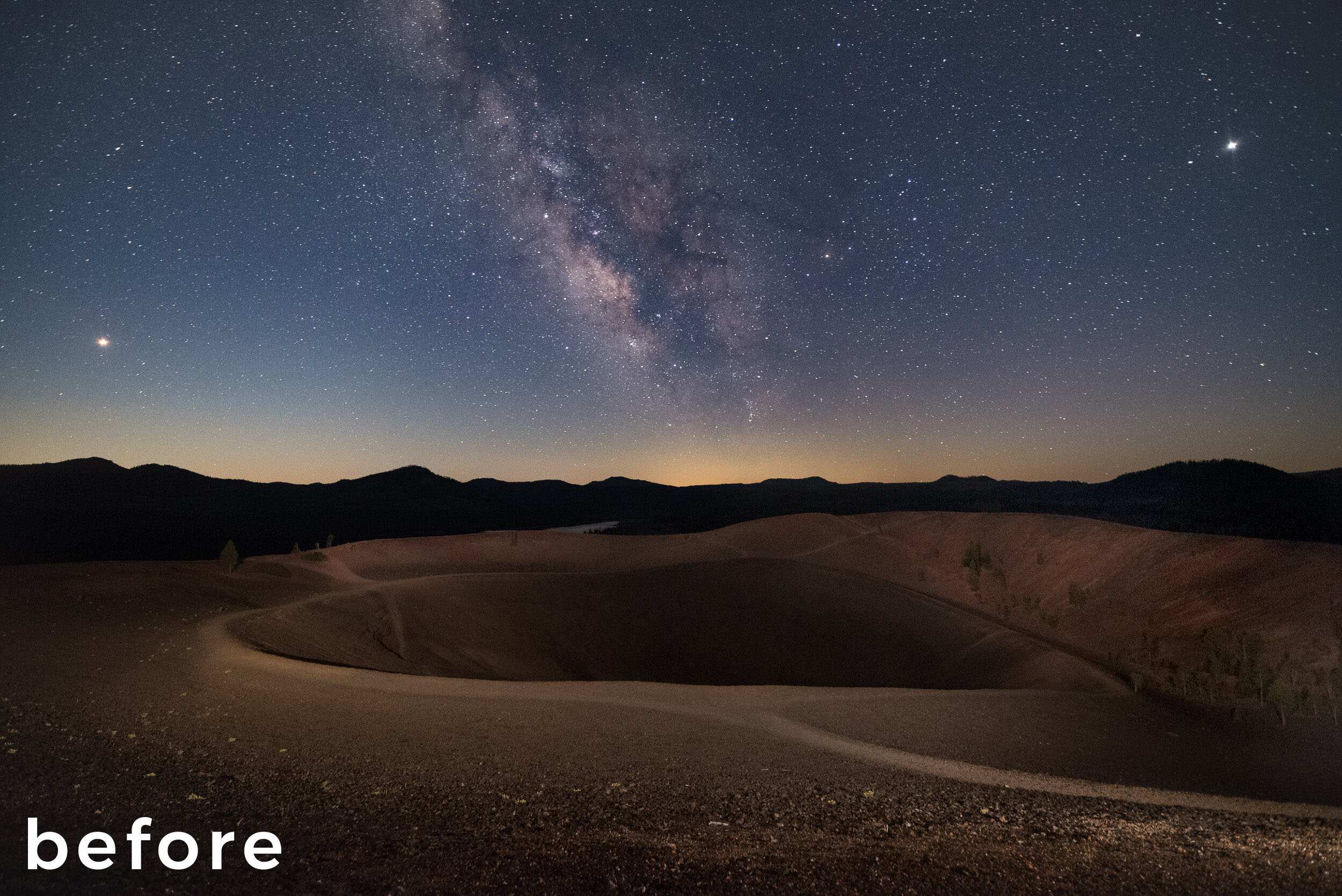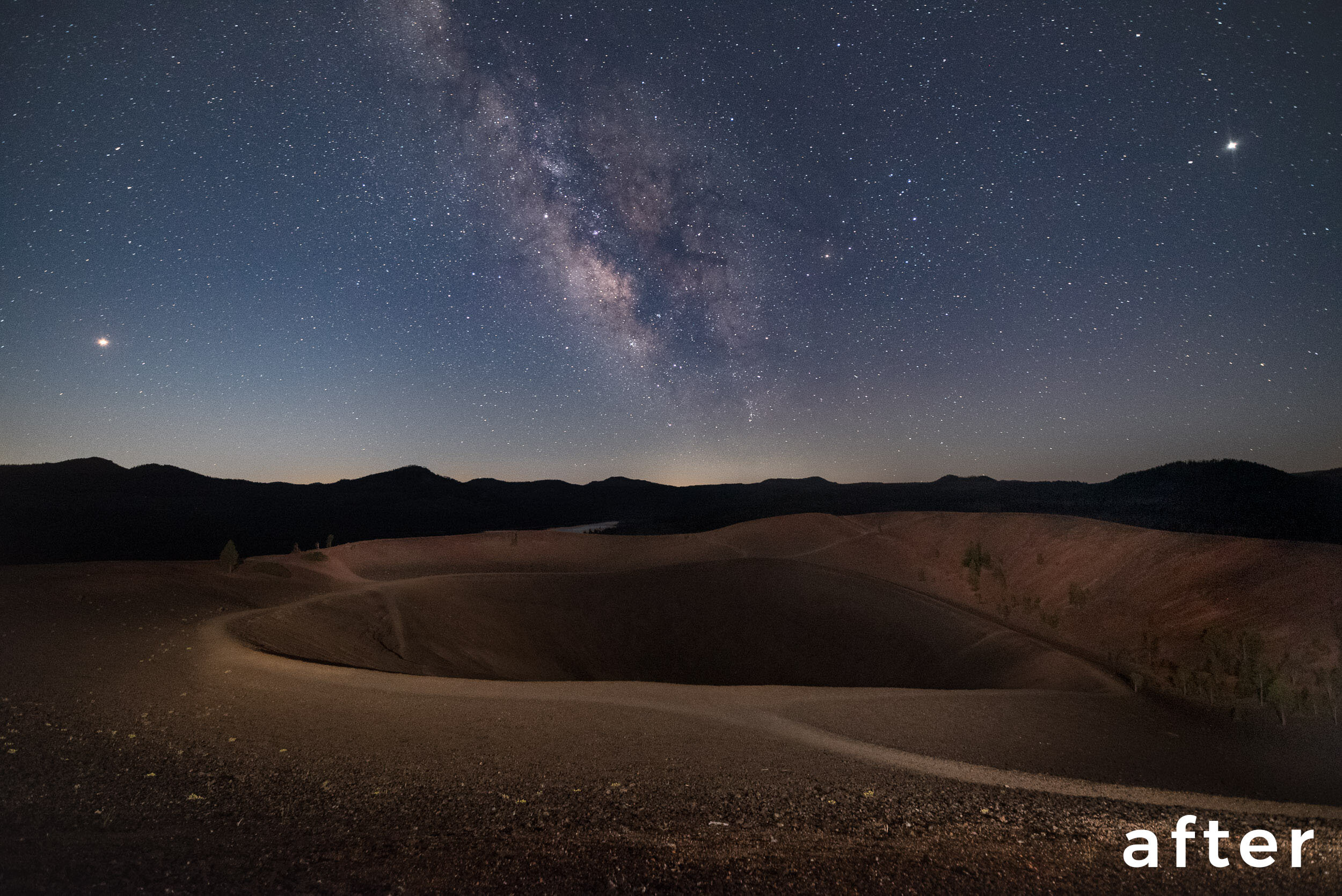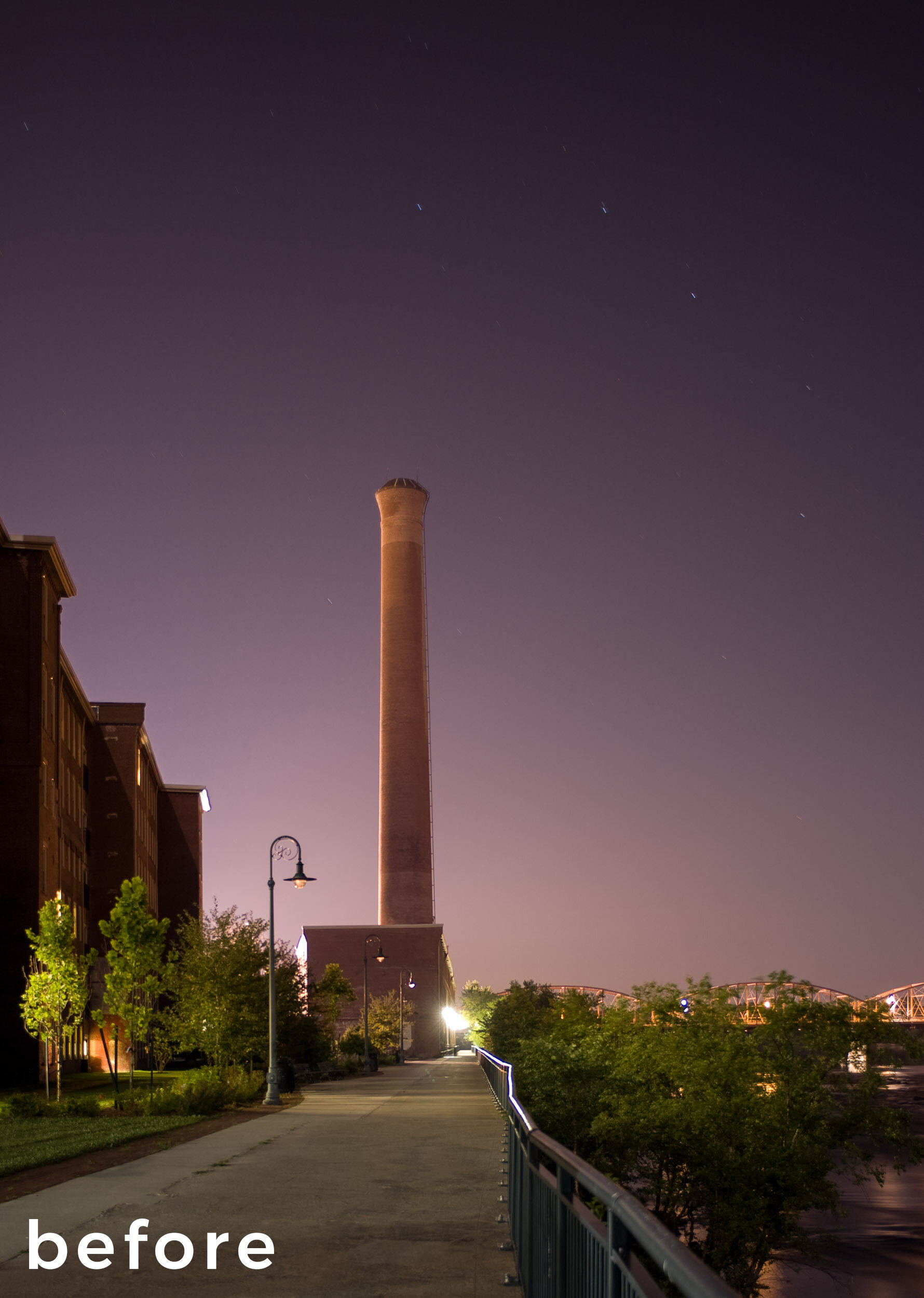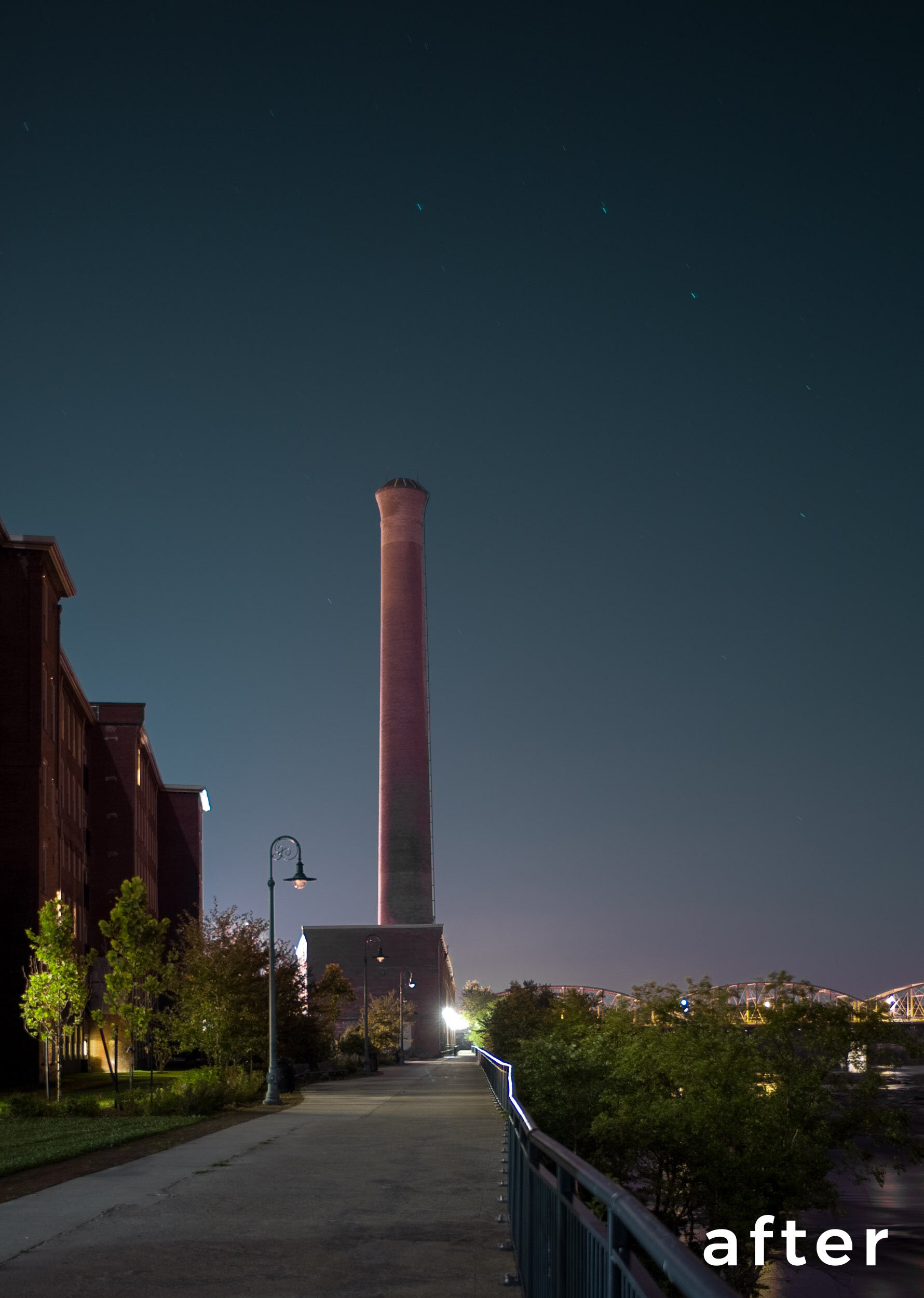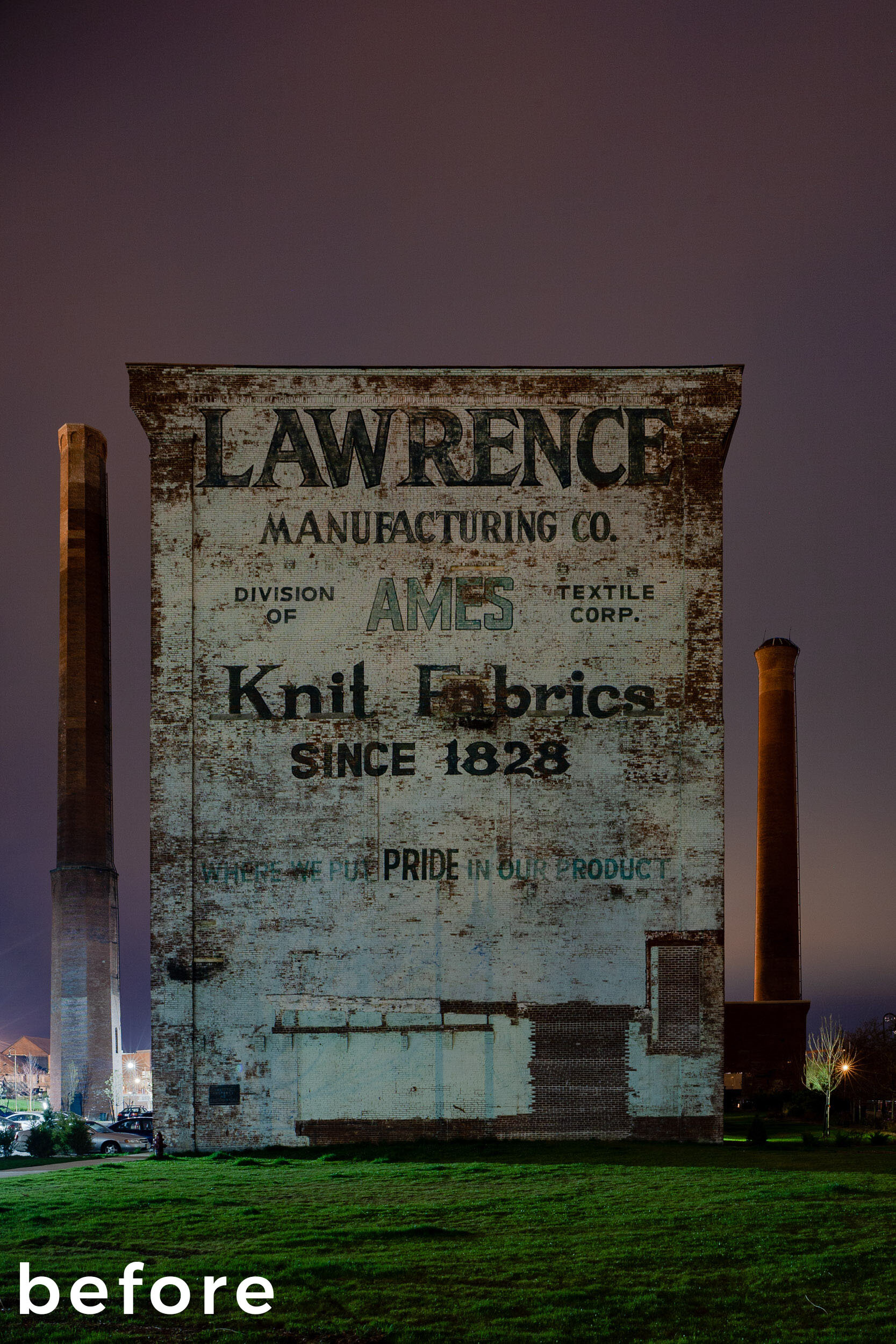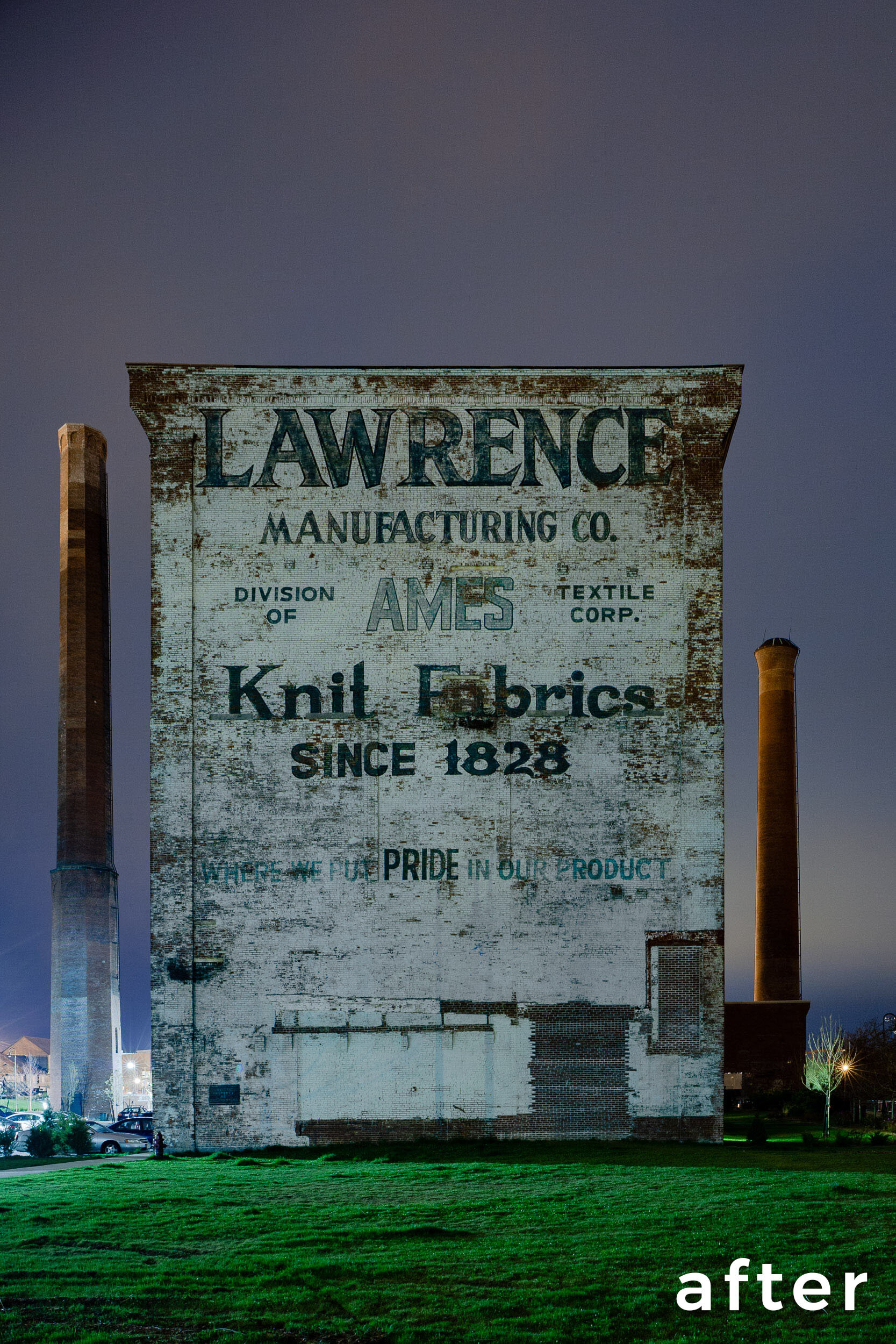Muses From The Past: Train Photographers
Analyzing classic photographs can be an effective way to progress in one’s own work. The key is not to simply mimic someone else’s great ideas, but to use the knowledge that comes with reproducing the work of masters and move on to create something new. With this in mind, National Parks at Night's Lance Keimig offers this ongoing series highlighting some of the early masters of night photography. We'd love to see any photographs you create after learning more about the pioneers of this niche—please share in the comments section!
I photographed these three rail cars on a productive evening with Tom Paiva at the Southern Pacific rail yard in Oakland, California, in 1995. Pentax 6x7 with a 55mm lens, shot on Fuji color negative film.
Most anyone with more than a passing interest in night photography has seen images by O. Winston Link, the best known of a generation of train photographers who lovingly documented the last days of the steam locomotive in the U.S. The rise of the automobile and the construction of the interstate highway system led to the demise of passenger rail travel in the years between World War II and the mid-1960s. Concurrently, that and the development of more powerful and efficient diesel engines were responsible for the end of steam railroading.
Nostalgia for a dying way of life led to a renewed interest in trains. Photographers––a notoriously romantic lot—were inspired to document the end of this quintessentially American way of life.
“Call it our myth of mobility. We believe that going somewhere else, down a distant track, away from present situations, can only mean broader fulfillment: a remedy for what ails us. It’s our restlessness that best understands and appreciates the symbolism trains and railroads play in our lives.”
It was the rise of the railroads in the 19th century that led to American expansion across the continent and the fulfillment of Manifest Destiny. Small towns had sprung up along the railroad, which was a lifeline to their prosperity, and in some cases, their very survival.
Later, interstate highways were built without regard for these towns, and designed to allow people to quickly and efficiently move between major cities or to go from state to state rather than from one town to the next. As the trains faded toward history, they became a popular theme for nostalgic photographers.
Richard Steinheimer, “Southern Pacific #4194 ‘Tehachapi’ Night Train 55 at Glendale Station,” Glendale, California, 1950. Steinheimer was one of a number of highly dedicated train photographers who often shot at night from the 1950s through the 1980s, but who were all generally less well known than O. Winston Link.
The most challenging images these train photographers made were the night photographs, which were technically complex, and often required considerable equipment and planning. Link’s heroic work is well documented; there is even a museum dedicated to his train photographs in Roanoke, Virginia (which we will visit during our Blue Ridge Parkway workshop this coming July).
Sadly, Link did not receive much recognition until very late in his life and his last years were truly tragic. Today, his original prints are highly sought after and command thousands of dollars. Many of Link’s contemporaries also never received the recognition they deserved. Many of those photographers saw and were inspired by Link’s images in early issues of Trains magazine. This post, in keeping with the theme of the “Muses From The Past” series, concentrates on some of those lesser-known but equally talented train photographers.
Rails After Dark was a group of photographers—Howard Pincus, Bob Hart and Al Papp—who collaborated to make ambitious O. Winston Link homages from 1983 to ’87. The symbolism is obvious as this Delaware, Lackawanna and Western commuter train coasts past a cemetery in Basking Ridge on its way to Summit, New Jersey, in 1984, a month before the elderly fleet shut down for good.
Another Rails After Dark image from the 1980s that’s reminiscent of Link’s style. A 1930 Ford Model A awaits the passage of the Valley railroad 2-8-2 #40 in Centerbrook, Connecticut. Rails After Dark used the same type of lighting as O. Winston Link used––4x5 view cameras, a large battery-capacitor sync flash system with hundreds of feet of wire, and hours of setup time.
Nighttime train photography is not a walk in the park. Massive black objects against a black sky, often moving at 50 miles per hour, make for intimidating subject matter. Safety and access were major concerns, and these photographers had to coordinate with the railroads to gain both permission and access, and hopefully cooperation. It’s likely that the engineers might not have appreciated being blasted unexpectedly by thousands of lumens from a string of 30 or so flashbulbs.
Most of these photographers worked with large format cameras and significant amounts of supplemental lighting, which were in the form of either flashbulbs or strobes. Flashbulbs were more powerful, making it easier to light a large scene, but were more difficult to work with. They became increasingly scarce and expensive as the strobe became more popular due to its shorter flash duration and reusability.
Jack Delano made some of the earliest color night photographs while shooting for the Farm Security Administration in 1942 to ’43. Here, the night is lit by a giant Pabst Blue Ribbon sign above Chicago's South Water Street freight terminal in April 1943.
Even if a photographer managed to coordinate for a train to stop in a photogenic location, most times there was only a single opportunity to make an image. Swapping out dozens of white hot flashbulbs strung along the tracks or under a trestle was time-consuming, and time was money for the struggling railroads. One solution was for a photographer to set up multiple cameras. One of Link’s great behind-the-scenes shots (below) illustrates the technique.
O. Winston Link using multiple cameras for a night-train photograph.
Exposures and development had to be precisely orchestrated, for with only one or two sheets of film, everything had to be perfect. Many of these scenes were extremely high in contrast, and if the train was moving, exposure times had to be quick. There were many uncontrollable variables and usually a short window of opportunity to get the shot.
Link may be the most famous, but he wasn’t the first night-train photographer. The first night-train photograph was probably the one made by H.L. Arey in Tillamook, Oregon, in 1914. (You can see it in Lucius Beebe’s book Great Railroad Photographs). Philip Hastings began photographing trains at night beginning in the early 1940s, and Jack Delano was commissioned by the Farm Security Administration/Office of War Information to document the nation’s railroads in 1942 and ’43. He made some of the first color night photographs for this project.
Many of the photographers inspired by Link’s work would continue to photograph trains well into the diesel age. For an excellent overview of the best of train night photography, check out the book Starlight on the Rails by Jeff Brouws. Of the books on Link’s work, A Life Along the Line and Steam, Steel, and Stars are the best.
Jack Delano’s stated mission was “introducing America to Americans.” In 1942 and ’43, Delano spent time in the rail yards of Chicago documenting the busy freight hub and the workers who kept the trains running 24 hours per day. He made most of these images on 4x5 Kodachrome transparency film, and many of them showed light trails from the yardmen’s lanterns.
These days, passenger train travel is an afterthought for most people, except for those in the suburbs who have access to commuter lines. Millions of tons of freight is shipped across the country on trains every day, but unless you live within earshot of the tracks you could be forgiven for being oblivious.
Regardless, there is an undeniable romanticism associated with trains in America, making them ripe subject matter for night photographers even today. If you find yourself in need of inspiration, make your way down to the train tracks, set up your tripod and listen for that lonesome whistle.
“I was riding number nine
Heading south from Caroline
I heard that lonesome whistle blow
Got in trouble had to roam
Left my gal and left my home
I heard that lonesome whistle blow”
Lance Keimig will be presenting a talk on “An Abbreviated History of Night Photography” during National Parks at Night’s Night Photo Summit, February 12-14. He might just sneak a few train images into the presentation.
